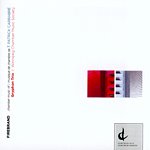 Gryphon Trio; Winnipeg Chamber Music Society
Gryphon Trio; Winnipeg Chamber Music Society
Centredisques CMCCD 13408 (62 min 01 s)
**** $$$
The Gryphon Trio attacks the works of T. Patrick Carrabré with the same energy and zeal they put into all their recordings. The ensemble’s clean elegance balances the brash virtuosity of Carrabré’s
Firebrand.
From the darkest reaches employs more predictable rhythmic and melodic elements but the Gryphon Trio imbues it with a unified character and somber energy; filling in the weaker gaps in Carrabré’s writing. Both trios on this disc were written for the Gryphon, adding to an extensive library of over 40 commissioned works.
A hammer for your thoughts… commissioned and performed by the Winnipeg Chamber Music Society, takes its name from its form and content. Traditionally piano quintets involve a large solo piano part. Carrabré takes the sound image of the hammered piano strings and expands it to the glockenspiel. The work is filled with repeated-note figures in every instrument, a further play on the same idea. The WCMS doesn’t quite live up to the same standard and level of energy as the Gryphon Trio – it presents a stolid rendition of what might otherwise have been a gripping work.
Overall, this disc would make a fine addition to any contemporary Canadian music enthusiast’s library and perhaps that of an adventurous open-minded listener. But if you’re looking for a disc to play during a dinner party, keep shopping.
- Marcin Swoboda
Labels: chamber, classical CDs, english, Gryphon Trio, product_review
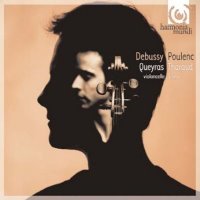 Jean-Guihen Queyras, violoncelle ; Alexandre Tharaud, piano
Jean-Guihen Queyras, violoncelle ; Alexandre Tharaud, piano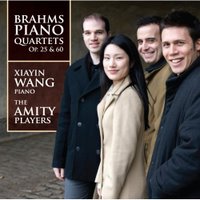

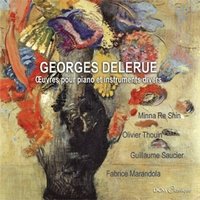

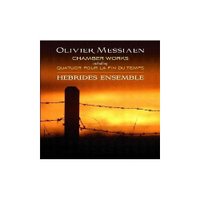 Hebrides Ensemble
Hebrides Ensemble


